Children at Play with Tracheostomy and Mechanical Ventilation
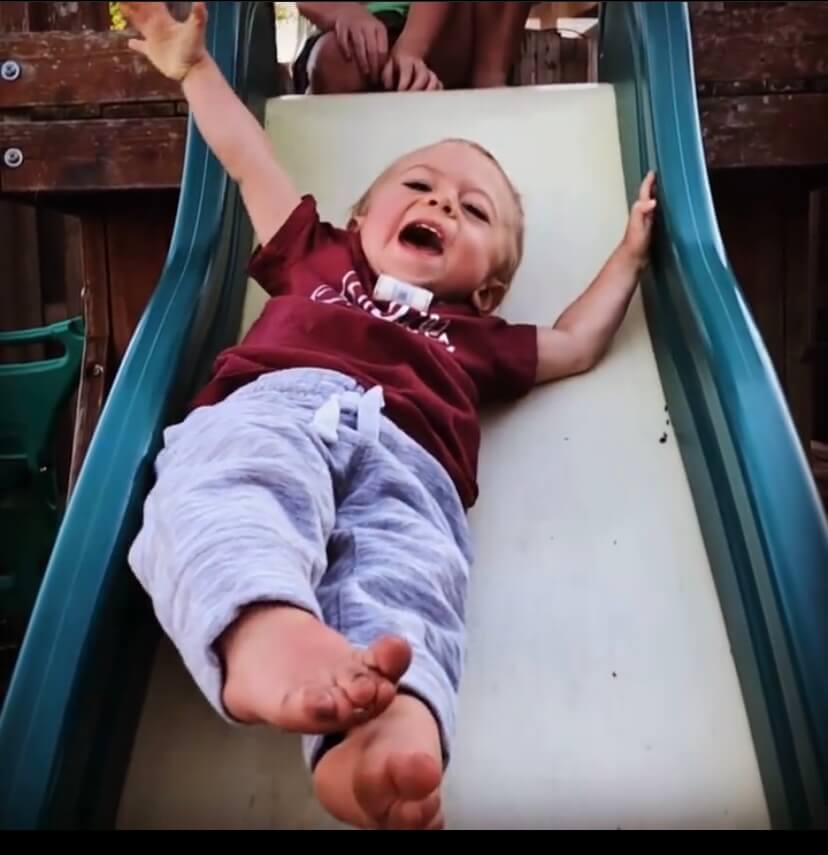
Caring for a child with tracheostomy may take extra care to prevent dislodgement of the tracheostomy tube or to prevent any material from entering the tracheostomy. However, all children deserve some play time! There are safe ways for children with tracheostomy to play and have fun! Always speak to your physician about any limitations.
With Covid-19 there are extra precautions for infection control, particularly for individuals with weakened immune systems. The National Tracheostomy Safety Project in the UK have recently updated their guidance for children with tracheostomy and mechanical ventilation due to the overly cautious approach during the Covid-19 pandemic. This approach could disadvantage these children by excluding them from their normal social and educational interactions. For more information about Covid-19 and children with tracheostomy, read our article here.
Recreational Activities for Children with Tracheostomy and Mechanical Ventilation
Exercise and leisure activities are important for physical health and quality of life. Your physician in collaboration with rehabilitation personnel can determine the level of activity that is recommended for each child.
Children with tracheostomy may need extra accommodations to safely perform activities. If the activity is near dirt or sand, make sure to cover the stoma with a humidifier (if medically indicated). This can prevent debris from entering into the trachea which leads to the lungs.
When medically stable on a ventilator suitable for non-hospital use and with appropriate caregiver support, children dependent on a ventilator can be cared for at home and participate in community activities. If the child has a ventilator, care must be taken to prevent a disconnection from the ventilator. Some children may walk with a ventilator. The ventilator may limit movement and mobility if the child needs to remain close to the ventilator.
Adaptive equipment may be helpful in providing a means to perform activities. Examples may include adaptive strollers and power wheelchairs, with the ability to hold the ventilator. An assessment by an occupational therapist can help to navigate activities of daily living and medical equipment.
In a 2001 study examining quality of life, older children reported that their daily and monthly leisure activities included: watching television, listening to music, playing computer games, eating out, playing board games, going to the movies, and attending sporting events. 79% of children with mechanical ventilation attended school (Lumeng et al, 2001). Other activities might include trips to the park, museums or the zoo. These are just examples and are by no means all inclusive!
Swimming with Tracheostomy
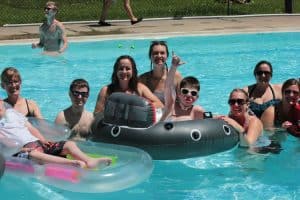
Children with tracheostomy cannot fully submerge under water because water would enter into the stoma and into the lungs. However, many children with tracheostomy can splash around or enter the water without fully submerging. The child should be developmentally mature enough not to submerge under water. Always consult your child’s doctor first. A trained adult should always supervise a child with a tracheostomy when swimming.
Mechanical ventilators or any electrical devices should not be in contact with water.
Adaptive swim lessons may be a great place to start and may be offered at many swim centers and swim schools.
Camps for Children with Tracheostomy and Mechanical Ventilation
There are camps that provide resources and communities for families and children with tracheostomy. Here are a few that we found. Tracheostomy Education does not endorse these camps:
Camp Trach Me Away seeks to empower children and young adults with tracheostomies and their families by providing resources, promoting advocacy, and advancing community awareness in order to foster independence and life-long wellness. Activities include arts and crafts, horseback riding, swimming, zip lining, rock climbing.
Champ Camp provides a summer camp experience for children and adolescents with tracheostomies and those who require technological respiratory assistance. Our campers enjoy and fully participate in outdoor summer camp activities including swimming, canoeing, climbing and zip lining to encourage independence, confidence, and self-esteem and create memories that last a lifetime.
Camp INSPIRE is an overnight camp specially designed for children and teens with tracheostomies, ventilators, and BiPAP machines who have complex medical conditions. Campers will enjoy a variety of activities from sports, to creative arts, to nature and music expression, while building relationships in a nurturing, medically-supervised environment. It is a collaborative effort between UPMC Children’s Hospital of Pittsburgh and The Woodlands Foundation. This event is free.
Nicklaus Children’s Hospital hosts a free week-long overnight camp for ventilation assisted children (children needing a tracheostomy ventilator, C-PAP, BiPAP, or oxygen to support breathing) and their families. Overnight campers come from throughout the United States and internationally. South Florida families and youngsters from local residential care facilities join in as day camper.

A six-day, overnight camp for children who are tracheostomy or respiratory technology dependent. The camp is held on the grounds of Camp Cheerful in Stronsville, OH annually in June.
Camp Inspiration is a family program for children (ages 5-21 years old) who are BIPAP or ventilator dependent. Camp Inspiration allows campers and families to participate in typical camp activities including swimming, High Ropes and Arts and Crafts. Families can also participate in a camp dance, Talent Show and share stories around the campfire. A volunteer medical team consisting of doctors, nurses and respiratory therapists work 24 hours a day to provide a safe camp experience.
How to Transport a Child with Tracheostomy
In March 2014, the “Hospital Discharge Recommendations for Safe Transportation of Children” was published by an expert working group convened by the NHSTA. This policy was endorsed by the National Child Passenger Safety Board, the Children’s Hospital Association, and the National Safety Council. It recommends that hospitals that discharge children should have a hospital-based, multidisciplinary child passenger safety program. Hospital discharge policies and programs should be based on best practice recommendations by the American Academy of Pediatrics and National Highway Traffic Safety Association (NHTSA). Before discharge, it’s important to have an assessment of transportation needs, procurement of the most appropriate restraint, and training for the proper use of the device. Installation in the vehicle may be incorporated into hospital discharge planning for all children with special needs. An emergency plan should also be in place for travel (O’Neill, et al, 2019).
The American Academy of Pediatrics updated their guidelines for transporting children with special health care needs in 2019. These recommendations include children with tracheostomies. These recommendations include use of a rear-facing care safety seat. Rear facing car safety seats should be encouraged until they exceed the weight and length limits of the device. Infants and children with a tracheostomy tube should not use child restraint systems with a harness or seat belts that could make contact with the tube and cause it to dislodge. An occupational therapist or CPST with training and experience in the safe transportation of children with special needs could provide guidance for best seat selection.
After being cleared by a medical professional, children with tracheostomy can leave their home with proper safety measures. All emergency equipment must be brought during traveling. This is true regardless of the length of the trip, whether it is a short trip to the grocery store or an extended trip like a vacation. Before leaving home, plan for all items that are necessary and in case of emergency. When transporting the patient, make sure to bring all emergency supplies.
Supplies include:
- a trach tube of the same size and one size smaller tube with trach ties
- oxygen tank
- ambu bag
- HME
- portable suction unit with sterile catheters
- an external battery for the ventilator-
- Sterile water
- Normal saline
- Sterile gauze, baby wipes or wash cloths for cleaning
Any equipment that uses batteries should have enough power for at least double the length of the trip.
It’s also recommended to bring important phone numbers and a brief medical history.
- list of medicines your child takes
- why your child has a trach
- the trach size and trach type
Check your state guidelines. Children with special needs should not be exempt from the requirements of each state’s laws regarding child restraint and seat belt use.
A detailed brochure on the use of a wheelchair as a transportation device on the bus or the family vehicle is available at http://www.travelsafer.org.
Summary
It’s important for children with tracheostomy to have access to be able to play and travel! There are some extra steps to keeping children with tracheostomy safe. With Covid-19, there is extra precaution in maintaining infection control such as cleaning surfaces and especially washing our hands.
Resources
- Joseph O’Neil, Benjamin Hoffman and COUNCIL ON INJURY, VIOLENCE, AND POISON PREVENTION. Transporting Children With Special Health Care Needs. Pediatrics May 2019, 143 (5) e20190724; DOI: 10.1542/peds.2019-0724
- J. C. Lumeng, S. A. Warschausky, V. S. Nelson, and K. Augenstein, “The quality of life of ventilator-assisted children,” Pediatric Rehabilitation, vol. 4, no. 1, pp. 21–27, 2001. Publisher Site | Google Scholar
.
-

Tracheostomy Onsie | Trachie-o-potamus
Rated 0 out of 5$21.99 Select options -
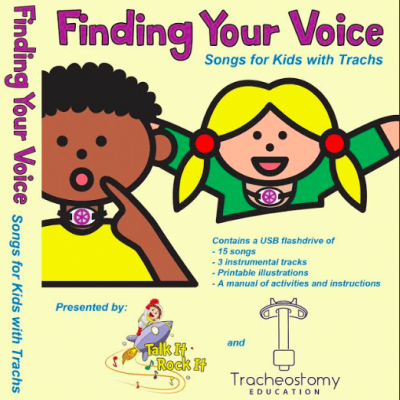
Finding Your Voice Songs for Kids with Trachs
Rated 5.00 out of 5$20.00 – $29.00 Select options -
Sale!

Children’s Tracheostomy Book Hardcover | Trachie-O-Potamus’s Big Race
Rated 5.00 out of 5$24.99$21.99 Add to cart -

Trachie-O Framed poster
Rated 0 out of 5$30.00 – $120.00 Select options

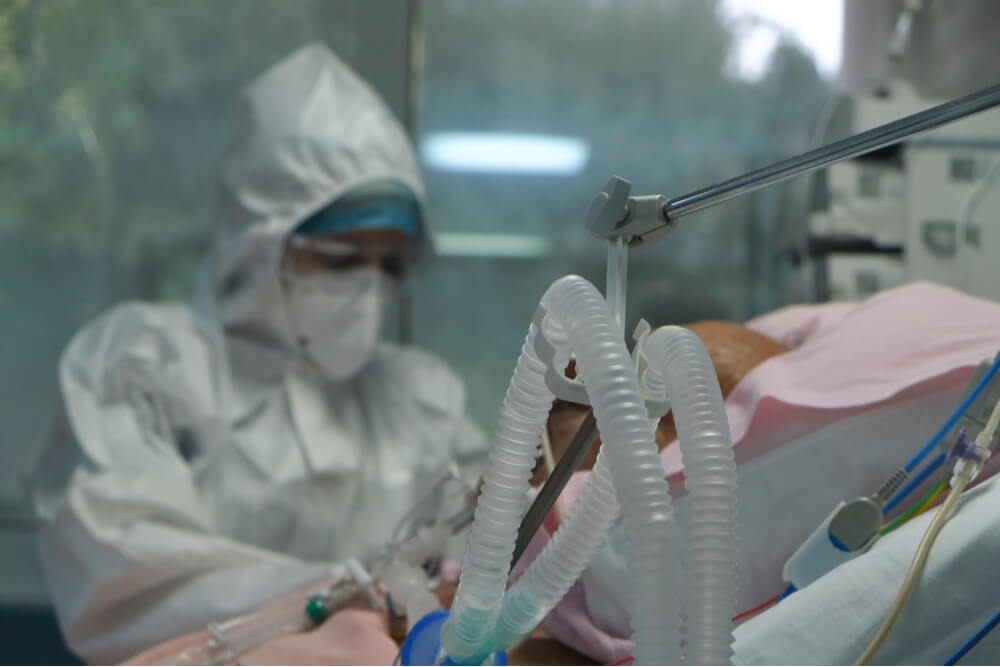
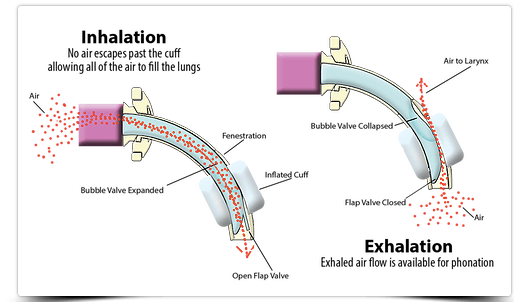

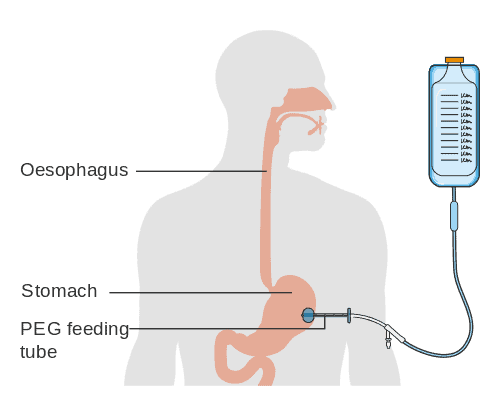
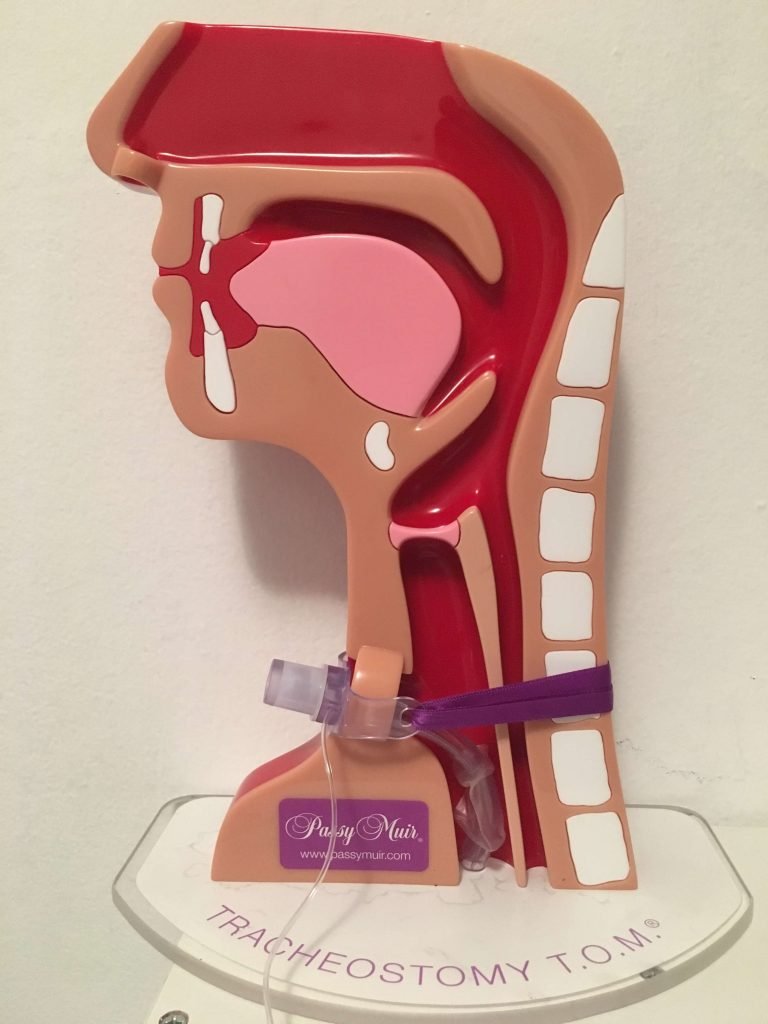
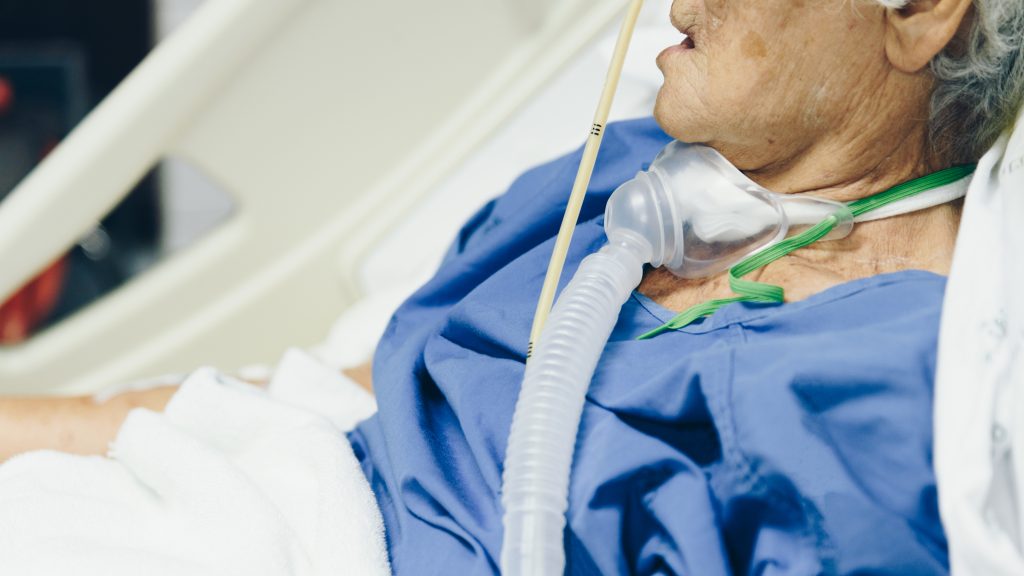
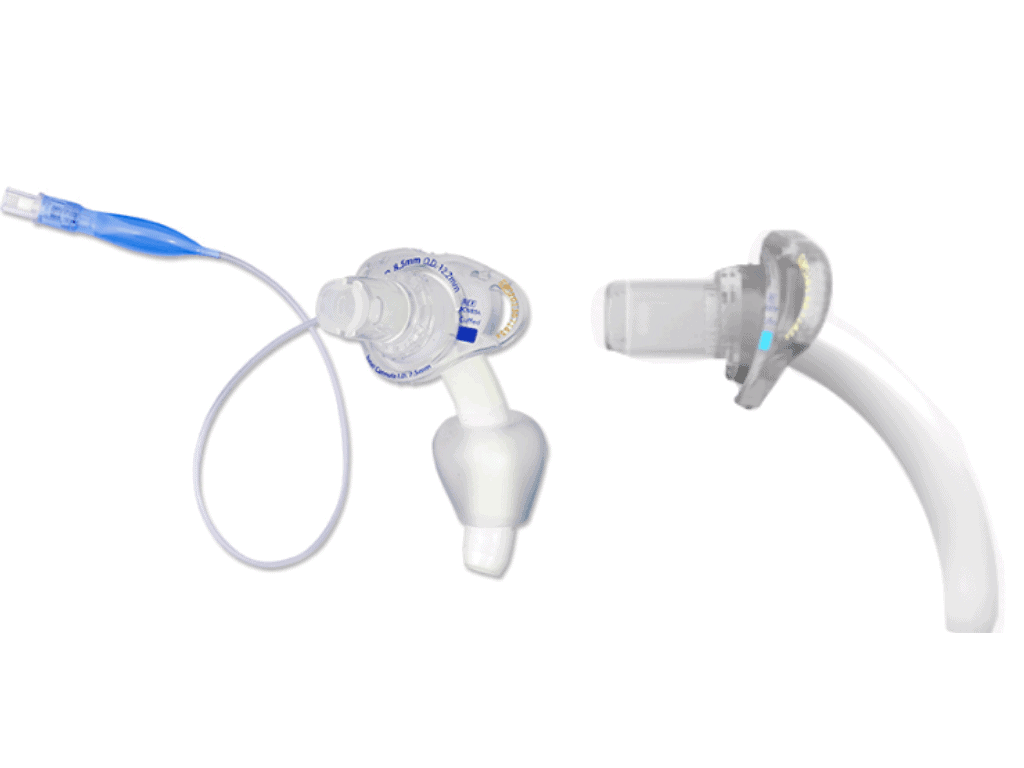
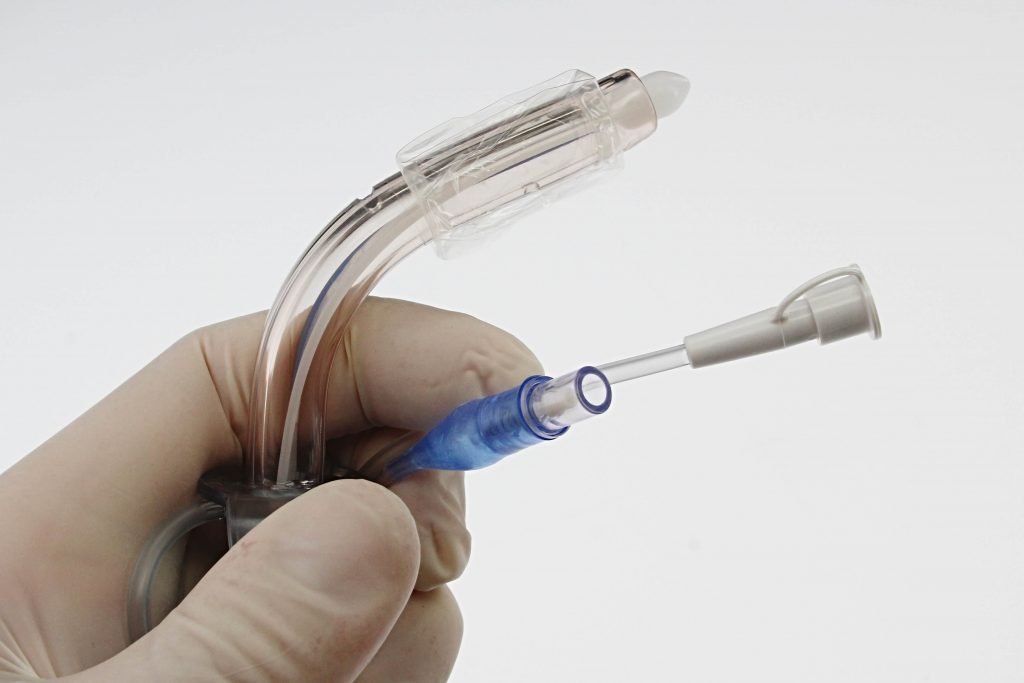
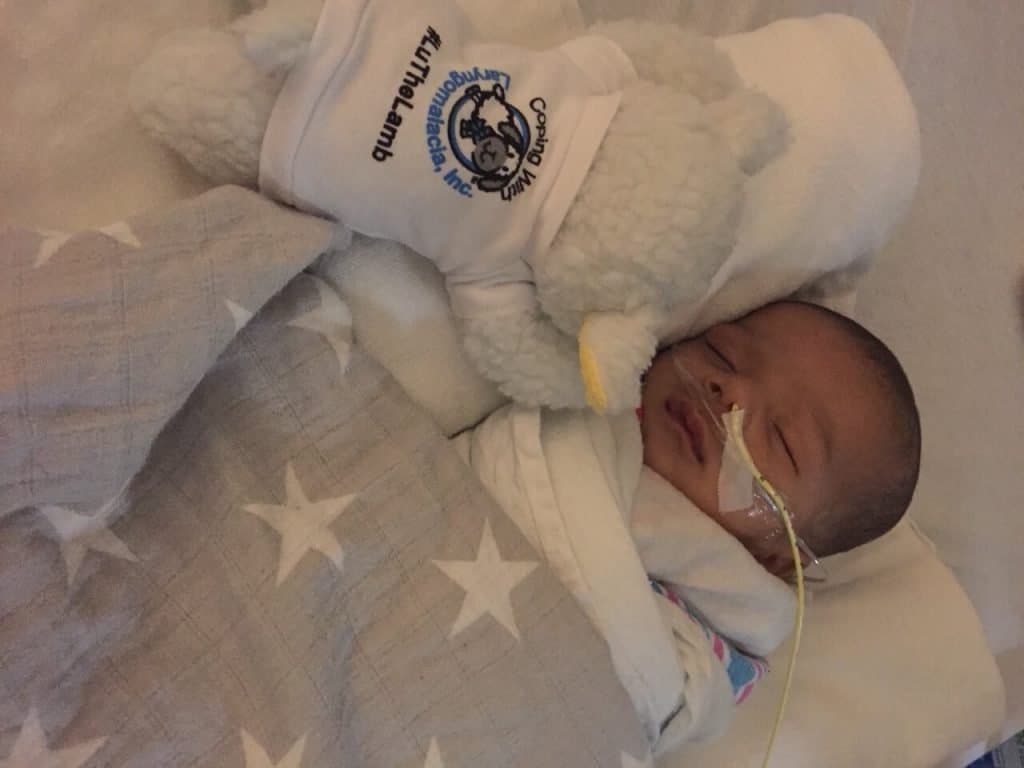


Responses